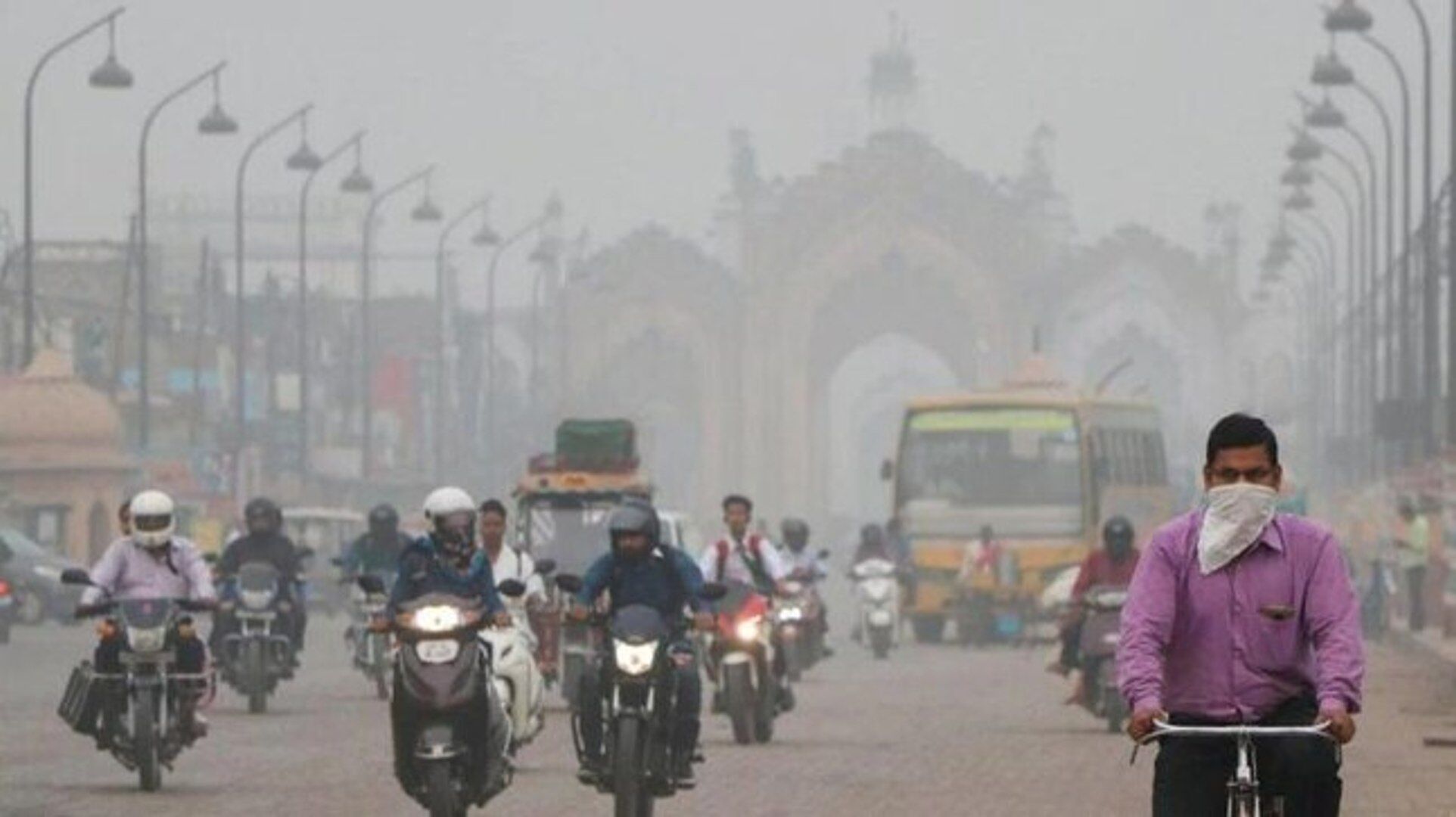Depressing findings

World Air Quality Report 2021, released by a Swiss firm on March 22, placed India among the top five polluted countries across the world — which is both embarrassing and threatening. Worse still, the overall air quality of the country witnessed a deterioration after a year-on-year improvement for three consecutive years. Delhi — with an annual average PM2.5 level of 58.1 µg/m3 (against the WHO standards of 5 µg/m3) — was the most polluted capital city in the world, and Bhiwani in Rajasthan was the world's most polluted city, overall. To be sure that air pollution is not specific to these cities only, 63 Indian cities figured in the list of top 100 polluted cities. The report termed air pollution to be the largest environmental threat globally, killing around seven million people each year — and this may just be a gross underestimate as monitoring of air quality lay in shambles in the places that are most prone to air pollution. Apart from resulting in so many deaths, air pollution leads to a range of chronic illnesses and costs economies financially. If one were to pinpoint the most prominent reason behind persistently deteriorating air quality in India, it would be a lack of seriousness — in governance circles as well as among people. Public, despite being aware that air pollution is dangerous, faces a behavioral inertia. And this inertia is reflected in the functional inertia of policy implementation. India's flagship air pollution control scheme — National Clean Air Plan (NCAP) — had set a target to reduce PM2.5 pollution in 122 non-attainment cities by 20–30 per cent from the 2017 levels. The plan is nearing its deadline of 2024 but the progress on this front is abysmally low. The 'non-attainment cities' — called so because they had failed to attain national ambient air quality standards (NAAQS) at the time of evaluation — were required to formulate city-specific action plans in order to reduce air pollution. The plans submitted by many of these cities were either missing the deadlines or came up with vast inconsistencies. Given the vast ambit of the NCAP, the required coordination has been lacking on an overall basis. The 2019 plan with a robust framework appears to be crippled on account of: 1) lacking sense of urgency in action and 2) lack of meticulousness in the implementation process. Governments at various levels must collaborate to tap the potential that NCAP offers in solving India's air pollution problem. It has to be mentioned here that air pollution control and monitoring endeavors in India have been limited to cities only whereas the vast rural areas are completely overlooked. Rural India faces the double whammy of air pollution — both indoors and outdoors. Several pollution sources that contribute to the largely undocumented plight of rural folks include: mud houses, dusty fields and lanes; use of charcoal, leaves, cow dung cakes and wood for daily cooking; burning of stubble and wildernesses etc. During harvest seasons, villages are thrown into month-long translucent environments on account of widespread use of threshers to remove the grains from harvested plants. Asthmatic conditions, lung diseases and the resultant premature death are common phenomena in Indian villages. Being long-term fallouts of air pollution, these deaths and illnesses are rarely attributed to air pollution. And then, India is a land of villages that are home to the majority of its population. While the governments must bring in efficiency in implementation of NCAP for Indian cities, it should also turn its focus towards villages before they come up with too big a problem to handle. Any further delay in setting up an adequate number of monitoring stations in rural and urban areas will only further worsen the situation. Policymakers, in the first place, need to quantitatively ascertain the extent of air pollution problem in rural areas; planning and implementation of policies can then follow. As per a 2019 report, Examination of Monitoring Approaches for Ambient Air Pollution, India's air quality monitor density stood at 0.14 monitors per million people between 2010-2016 period. This was way below China (1.2), the United States of America (3.4) and Brazil (1.8). It is needless to say that India lags far behind the requirements when it comes to establishing monitoring stations (which is just the first step forward). Given such a laggard framework for monitoring and tackling air pollution at the basic level, the findings of the World Air Quality report are depressing, not startling. A shift in public attitude and sharpness in policy implementation are needed to make the air in India fit for breathing.



